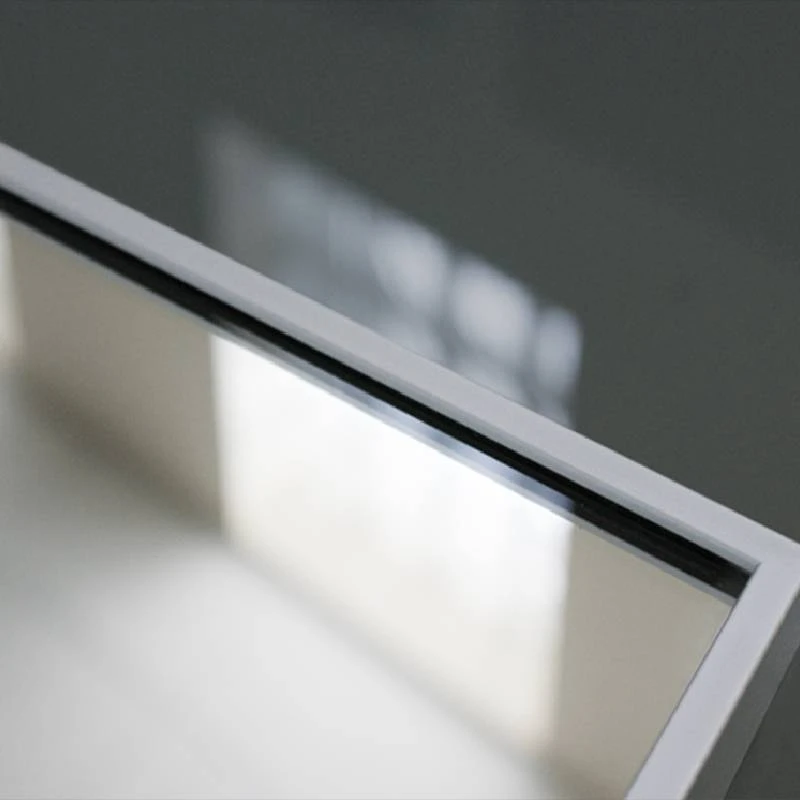Float glass is an essential material in various industries, known for its versatility and clarity. Understanding the different types of float glass can help in selecting the right product for specific applications. Here is a comprehensive overview based on experience and expertise in the field, ensuring authoritativeness and trustworthiness in each word.

Float glass manufacturing involves a process that combines raw materials like silica sand, soda ash, and limestone at high temperatures, forming a molten glass ribbon. This ribbon is then floated over a bath of molten tin, resulting in a uniform thickness and high-quality surface finish. Below are the main types of float glass, each differentiated by their distinct properties and applications
1. Clear Float Glass This is the most common type of float glass, distinguished by its high level of light transmittance and optical clarity. It is primarily used in windows, storefronts, and interior partitions due to its ability to allow for natural daylighting while providing unobstructed views. Its manufacturing requires precision to ensure minimal distortions, making it exceedingly popular in both residential and commercial structures.

2. Tinted Float Glass Featuring colored additives during production, tinted float glass can be bronze, gray, green, or blue. Beyond aesthetics, the tint helps to reduce solar heat gain and glare, making it ideal for hot climates where energy conservation is crucial. This type of glass is widely used in automotive windows, office buildings, and facades where controlled light and heat penetration are desirable.
3. Low-E Float Glass Known for its energy efficiency, low-emissivity (Low-E) float glass has a microscopically thin coating that reflects infrared energy while allowing visible light to pass through. This type of glass is engineered for thermal insulation, reducing the need for artificial heating or cooling. As environmental sustainability becomes increasingly important, Low-E glass is in demand for eco-friendly building designs.
types of float glass
4. Frosted Float Glass By sandblasting or acid etching, frosted float glass achieves its distinctive translucent appearance. It is ideal for privacy settings where light is needed without compromising confidentiality, such as in bathrooms or office meeting rooms. The textured surface also adds an element of design, often employed in decorative applications.
5. Tempered Float Glass Safety is paramount in certain environments, and tempered float glass offers enhanced strength and safety features. It undergoes a thermal treatment to increase its resistance to impact and temperature changes, and when broken, it fractures into small, harmless granules. This makes it essential for safety applications like shower doors, glass doors, and even in transport vehicles.
6. Laminated Float Glass Combining layers of glass with interlayers, notably polyvinyl butyral (PVB), laminated float glass boasts high acoustic insulating properties and safety. In the event of breakage, shards adhere to the interlayer, maintaining structural integrity. Its use extends to skylights, glass facades, and areas prone to storms or high-security risks.
Selecting the right type of float glass is crucial for optimizing performance based on intended use. By understanding the specific features and benefits of each, businesses and consumers can make informed decisions that align with their architectural or design needs. Considerations such as energy efficiency, safety, aesthetic appeal, and environmental impact are key factors influencing choice, underscoring the importance of expert knowledge in the domain. This expertise facilitates access to products that meet precise specifications, ensuring long-term satisfaction and reliability.
Each type of float glass offers unique advantages, rendering it indispensable in modern construction and design. Collaborating with experienced manufacturers and suppliers further enhances the credibility and assurance of receiving high-quality float glass tailored to meet diverse requirements effectively.



